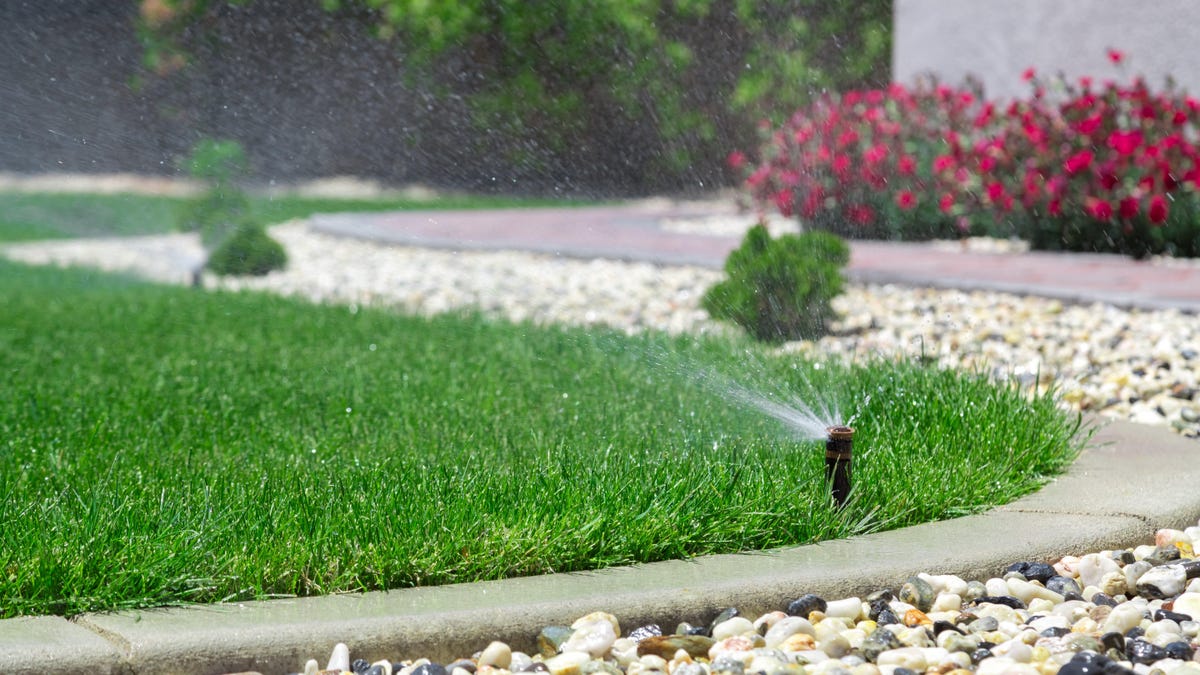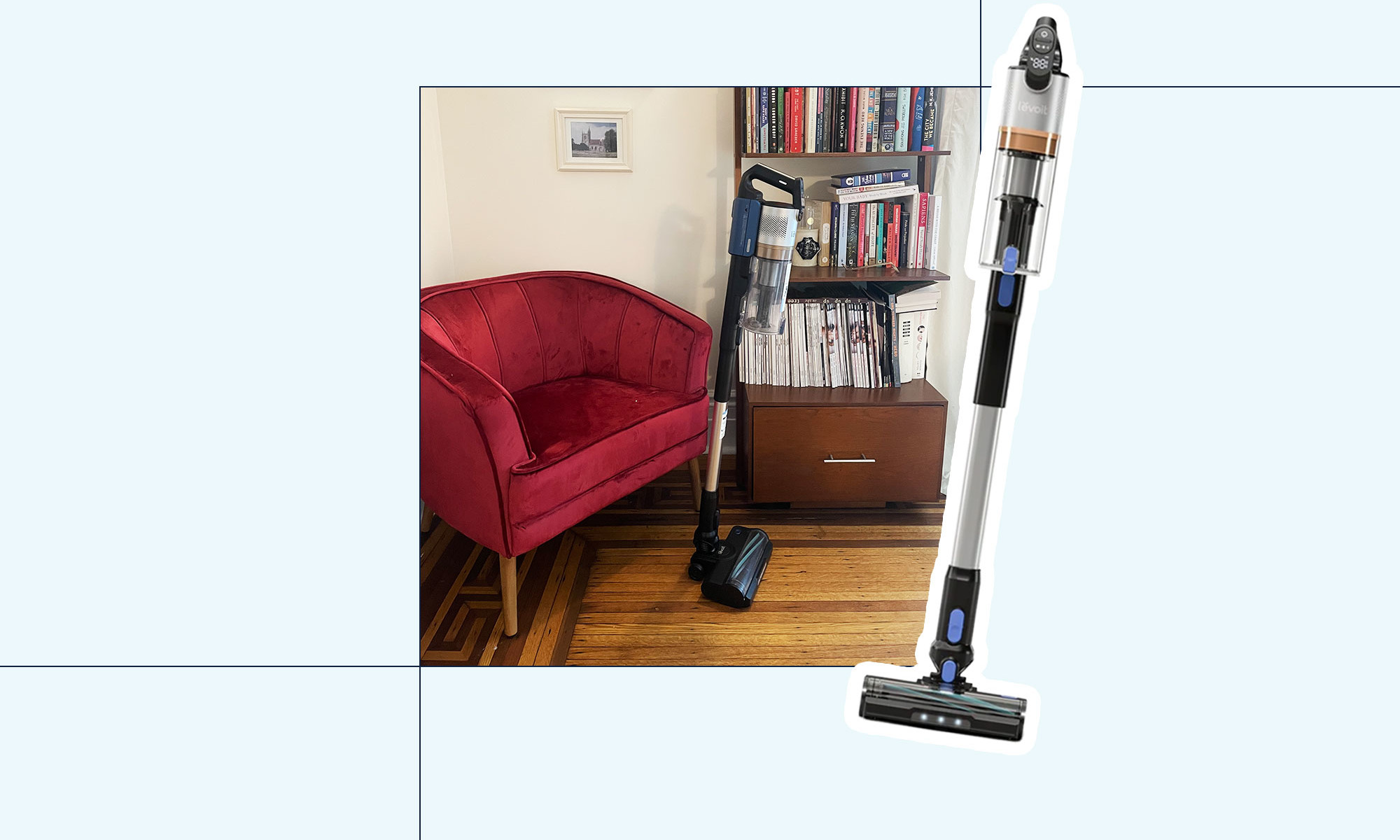Why You Should Stop Watering Your Plants in the Middle of the Day
You’re doing it wrong. That’s what I tell most gardeners when I see them outside on a hot day, sunscreen and sunhat in hand, enthusiastically plonking petunias and tomatoes in the ground with the sun beating down overhead. It’s...

You’re doing it wrong. That’s what I tell most gardeners when I see them outside on a hot day, sunscreen and sunhat in hand, enthusiastically plonking petunias and tomatoes in the ground with the sun beating down overhead. It’s what I say, shaking my head in disbelief, as I pass the neighbor’s place, where the sprinklers are inexplicably going off at 2 p.m.
When the weather is great, you want to be out, in it. If the plants were outside at the nursery, putting them in the ground is even better, right? And why wouldn’t they want a sip of water when it’s really hot out?
Because plants are not people. Plants have different rules.
Why planting is stressful for plants
Disturbing the environment or roots of a plant is a whole situation. Some take it better than others—roses seem to be impervious to being moved around, but your cucamelons and poppies don’t like it at all. It takes time for them to adjust. So much so that you can’t take a plant grown inside and just put it in the ground and hope for the best; you have to go through a process called hardening off, where you slowly introduce them to real sunlight over a week. Even once they’re hardened off, you want to give your plants the best chance of survival, so decreasing the stress in any way possible is crucial for their well-being.
Shade is a good way to help plants get a break from the stress of the sun on moving day. To that end, cloud cover days are the best for planting. When that’s not possible, planting early in the day or at twilight are optimal so the plants have a little break before the harsh light of the mid-day sun. Evening is when I plant whatever I can, so they have the whole night and morning to recover.
If plants are really suffering once they’re in the ground, a temporary shade structure can give them respite, either from an umbrella, or some sunshade fabric, which you can get at your local nursery.
Water plants early or late in the day
Watering in the middle of the day, particularly overhead watering from sprinklers, is inefficient. Some water is lost through evaporation, which is wasteful. It’s also bad for your plants. When you water, the roots move towards the water, which often means the roots are moving towards the surface of the soil, where they are more affected by heat. The water on the plants themselves is problematic, as it can lead to sun scorching. It also makes it easier to spread disease from plant to plant, or from the soil to the plants.
The best way to help your plants is to water deeply, at the root, early or late in the afternoon, avoiding the worst heat and sun. You want there to be enough sunlight left so your plants can dry before nightfall, as wet plants overnight is a path to disease.
If your plants look particularly unhappy in the middle of the day and are dry, shade is the most helpful thing you can offer, waiting to give them a drink until later in the day. Check to see if there’s water where it counts, at the roots. Stick your finger in the soil as far down as you can, and see if it still feels moist. If it does, some shade is all your plant needs. If its bone dry six inches down, then you can water, but do so deeply, so the roots get quenched. You only need to do this once; don’t overreact by overwatering, because that can cause more problems than underwatering.
Even your lawn would prefer an early or late soak instead of the mid-day mist. Scott’s, one of the largest lawn products companies in America, advises “Watering in the morning (before 10 a.m.) is the best time for your lawn; it’s cooler and winds tend to be calmer so water can soak into the soil and be absorbed by the grass roots before it can evaporate. If you must water in the evening, try between 4 and 6 p.m., which should give the grass blades time to dry before nightfall.“
Get out in the garden early for best results
When you get home from the garden center, take your plants and place them in a shady spot until you have the right conditions to plant, making sure to water them in the morning. In their small planters, you need to ensure the soil, not the plant, get really well watered. Soak them until water runs out the bottom, and then wait until they are dry to water them again.
Then get them into the ground before the sun is high overhead, and water them in well, making sure their roots are quenched. If it’s going to be a real scorcher, provide some temporary shade over them. Then get into a routine of watering early in the day for best results.

 AbJimroe
AbJimroe 































